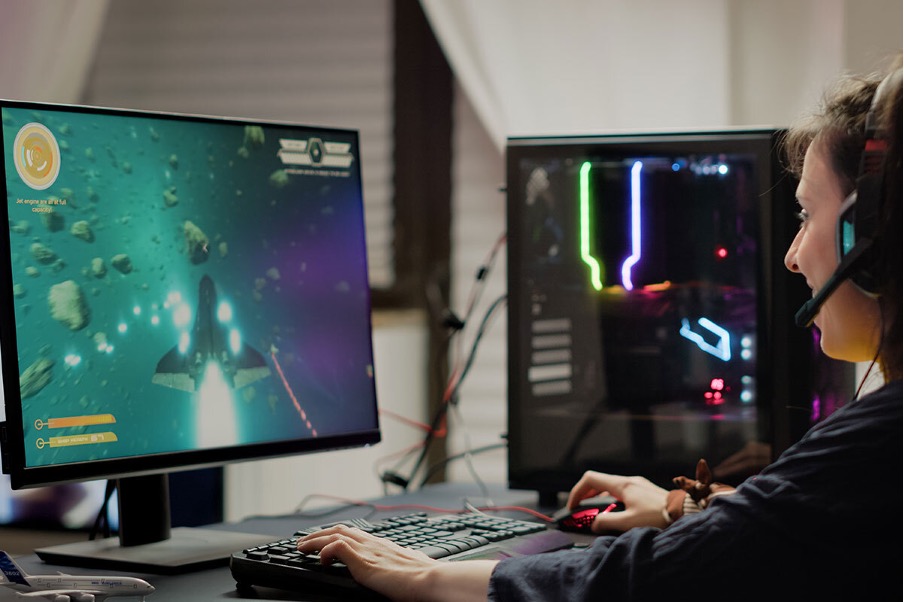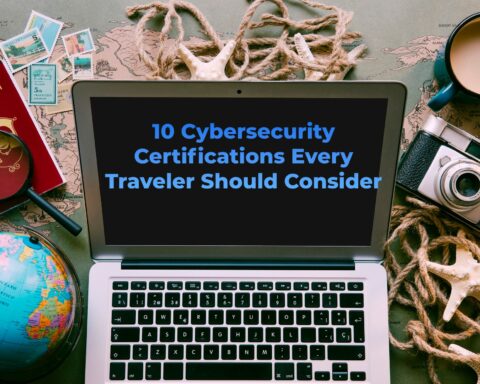The cybersecurity landscape evolves constantly, challenging organizations to effectively train personnel against emerging threats. Traditional training methods often fail to engage participants or create lasting security awareness. Game-based learning offers a revolutionary approach, transforming dry security concepts into interactive experiences that increase retention and application. By leveraging our innate love for play and competition, organizations can build security cultures that thrive beyond compliance checkboxes.
1. Simulating Real-World Attacks Safely
Security breaches happen in chaotic, high-pressure environments where rational decision-making falters. Traditional training rarely replicates this reality. Game-based scenarios create controlled chaos where participants experience attack conditions without organizational risk. A midwest manufacturing company implemented attack simulation games after suffering ransomware losses. Their IT staff practiced breach responses in progressively challenging scenarios, facing realistic time pressures and incomplete information. When actually targeted six months later, the team recognized attack patterns from their training games and contained the threat before encryption deployed. Staff reported that game-based practice helped them overcome panic responses that might have delayed appropriate actions. The emotional engagement of competitive gameplay creates memory anchors absent in passive learning, helping security concepts transfer to crisis situations. Organizations increasingly recognize that knowing security procedures intellectually differs dramatically from applying them under pressure—something games uniquely address through experiential learning.
2. Building Team Cohesion Through Collaborative Challenges
Security incidents require cross-departmental coordination rarely practiced before crises occur. Several hospitals addressed this gap by adapting the familiar concept of ludo online into security training. Teams representing different hospital departments navigated virtual game boards by correctly addressing security scenarios, with success requiring collaboration between technical, clinical, and administrative perspectives. Players discussed scenarios from their departmental viewpoints while advancing toward common goals. The shared vocabulary developed during gameplay proved invaluable during actual incidents, with staff reporting smoother communications across traditional organizational boundaries. Beyond specific security skills, these collaborative games build relationships between departments that typically interact only during crises. The friendly competition creates memorable shared experiences, generating conversation beyond training sessions and reinforcing security awareness throughout organizational culture. Unlike standalone training modules, these team-based approaches recognize that effective security responses depend on human relationships and communication patterns established before incidents occur, not technical knowledge alone.
3. Adapting Training to Various Learning Styles
Security teams include diverse individuals with different learning preferences, often poorly served by standardized training. A government contractor addressed this by implementing tiered gaming approaches targeting various learning styles. Visual learners engaged with graphical security puzzles representing network vulnerabilities. Kinesthetic learners participated in physical security escape rooms requiring actual hardware manipulation. Competitive personalities responded to leaderboards tracking security achievements, while collaborative types thrived in team-based scenarios. Trainers noticed significantly improved engagement compared to previous one-size-fits-all approaches. Follow-up testing showed higher retention rates across learning style categories, with particularly dramatic improvements among those previously struggling with traditional training formats. Various game approaches ensured that concepts were encountered through multiple modalities, reinforcing understanding through complementary experiences. The flexibility inherent in game-based learning acknowledges that security understanding develops differently across personality types and cognitive styles, creating inclusive training environments where diverse teams build comprehensive security awareness through pathways matching their natural learning inclinations.
4. Creating Consequence-Free Failure Environments
Security training traditionally emphasizes avoiding mistakes, creating fear-based cultures where employees hide potential issues. Progressive organizations now implement game environments where failure becomes instructive rather than punitive. A financial services firm created sandbox games allowing employees to experience the consequences of security shortcuts without risking actual systems. Staff could observe simulated malware behaviors after clicking suspicious email links or witness cascading network compromises following password reuse. Participants reported higher willingness to admit actual security concerns after experiencing consequence-free learning opportunities. The psychological safety established through game-based approaches encourages questions that remain unasked in compliance-focused programs. Leaders noted increased incident reporting following implementation, as employees recognized security issues they might previously have ignored. By reframing security mistakes as learning opportunities within game contexts, organizations build cultures where near-misses become valuable teaching moments rather than hidden risks. This approach acknowledges that human error remains inevitable, making response and transparency more valuable than unrealistic perfection expectations.
5. Maintaining Engagement Through Progressive Challenges
Security awareness typically suffers from steep decay curves after traditional training sessions. A technology manufacturer addressed this by implementing progressive game challenges delivered throughout the year. Rather than annual refresher courses, employees encountered biweekly security puzzles integrated into workdays. Each successfully completed challenge unlocked more difficult scenarios, creating mastery pathways that maintained engagement through appropriate difficulty scaling. Completion rates exceeded 87% compared to 34% for previous optional security bulletins. Security incidents related to covered topics decreased measurably within months. Employees reported appreciation for short, focused activities that respected their time while providing genuine security skill development. The spaced repetition inherent in this approach aligns with cognitive science research on knowledge retention and skill building. By treating security awareness as an ongoing journey rather than a destination, progressive challenge systems acknowledge the evolving threat landscape while combating the forgetting curve that undermines traditional training efforts. This approach recognizes that sustainable security behaviors require regular reinforcement through engaging interactions, not periodic information dumps.
6. Leveraging Intrinsic Motivational Factors
Compliance-driven security training typically relies on extrinsic motivators like completion requirements or negative consequences. Forward-thinking organizations increasingly implement game systems targeting intrinsic motivation through autonomy, mastery, and purpose. A technology services company replaced mandatory training with self-directed security skill trees where employees selected personalized learning paths based on interests and job functions. Points earned through demonstrated security behaviors funded departmental charity donations, connecting individual actions to meaningful outcomes. Participation exceeded expectations, with many employees pursuing security skills beyond minimum requirements. Surveys revealed that employees felt respected through the autonomy-centered approach, contrasting sharply with previous attitudes toward mandatory training. The approach succeeded by treating adults as self-motivated learners rather than compliance problems requiring solutions. By connecting security behaviors to personally meaningful outcomes and individual growth opportunities, game-based approaches tap motivational factors that checklist compliance never reaches. This fundamental shift recognizes that sustainable security cultures emerge from internally motivated behaviors, not externally imposed requirements.
7. Measuring Effectiveness Beyond Completion Metrics
Traditional security training programs typically measure success through completion percentages rather than behavior change. Gaming approaches enable sophisticated assessment of actual security skills through performance analytics. One organization used security games with in-game evaluation metrics of decision quality, response time, and skill use under varying conditions. Information gathered provided richer feedback on organizational security capacity, which otherwise was not revealed through the standard pass/fail nature of testing. Training resources were then redirected to remediate areas of established shortfall, and measurable gains were realized from targeted interventions. Security executives received dashboard feedback on departmental strengths and weaknesses, enabling them to mitigate risk proactively in ways that were impossible with previous binary completion measures. The process fundamentally altered evaluation from activity to outcome measurement, with defensible measures connecting training investment to security improvements. With evaluation embedded within engaging experiences, organizations receive genuine performance metrics representing real security capacity and not mere abstract knowledge. This technique acknowledges that completion records provide administrative convenience at the expense of revealing little about true security preparedness—something game-based assessment directly addresses.
Conclusion
Game-based learning is the future wave for effective cybersecurity training, transforming theoretical knowledge into practical skills using experiential learning. Leverage the energy of play, and companies create security cultures where best practices are second-nature reactions rather than discarded protocols. As threats evolve in sophistication and impact, training approaches must similarly advance beyond passive information transfer toward active skill building. Game-based methodologies provide this crucial evolution, creating security-conscious workforces that are genuinely prepared for tomorrow’s challenges.

